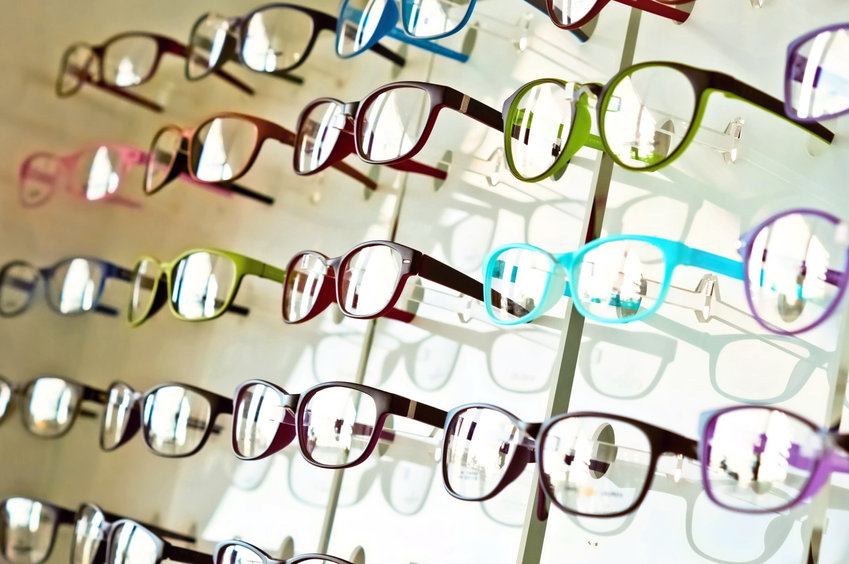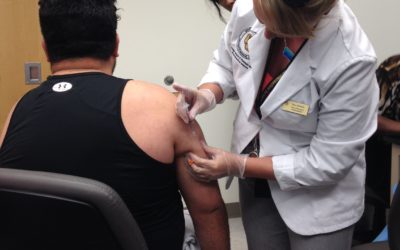Modern eyeglasses have been sold in traditional brick-and-mortar stores since they were invented in the 1700s. Customers would try on frames from a wall lined with the newest and most trendy designs, paying attention to details such as style, color, and fit. When the “perfect” frame was selected, a certified professional would review lens options and give recommendations based on their prescription. From there, careful measurements were performed based on the exact dimensions of the person’s face. In recent years, this process has radically changed. With the advent of online shopping, eyeglasses, and their storied past have dissolved into another item obtained within a few clicks, with minimal professional guidance, and DIY measurements.
Also see Eye Drops for Reading
This advancement begs the question, is this all, okay? Are online glasses good? The answer is complicated. When it comes to materials, several different eyeglass vendors share similar product lines. A majority of eyeglass lenses and frames come from similar sources of comparable quality. Aside from niche and high-end brands, I wouldn’t expect much difference between in-store and online options. This also holds true with eyeglass lenses. There are a few major lens companies that supply lenses to a bulk of retailers. Again, aside from high-end options, quality differences are likely negligible for most people. So why bother ordering glasses from your local eyeglass retailer if you can get a similar quality product online for less?
The answer lies in the measurements. Eyeglass lenses start as large disks, in some cases, nearly the size of a hockey puck. The disc is shaped and cut to fit the frame, and the center of the lens, the “optical center”, is placed directly where the person’s eye will be looking through. This is important because away from the optical center, lenses can produce distortion and color changes that can be distracting, and even headache-inducing. Online vendors account for this by having the customer provide their own measurements, but like in many cases, it is best left to the professionals. At your local eyeglass store, an optician will precisely measure where your eye falls in the frame, producing the most accurate and reliable results.
This being said, buying glasses online is not “bad”. I have encountered countless patients wearing glasses from online vendors and most of them are doing just fine. In some cases, I’ve even recommended patients order their glasses online. The most important factor in determining who would be a good candidate for online vs in-store glasses comes down to the patient and their individual prescription. For very simple prescriptions, such as mild nearsightedness in an otherwise healthy patient, online glasses may suffice. However, higher prescriptions, or those containing astigmatism, reading power, or prisms, I’d never recommend seek glasses outside of a professional office. The more complex the prescription and/or the patient’s eye history, the more important the eyeglasses are fit and made correctly.
Another perk of purchasing glasses in-store is the support provided thereafter. Commonly, eyeglasses will need to be adjusted to the person’s face. The hands-off approach to online ordering often leaves patients seeking assistance in-store anyway. As a general rule, when it comes to your vision and the eyeglasses you trust with it, I suggest purchasing from a reputable in-store vendor. This will ensure you’re receiving what the doctor prescribed. Talk to your doctor to see what they recommend based on your prescription and individual needs. See the links below for more information.
References:












